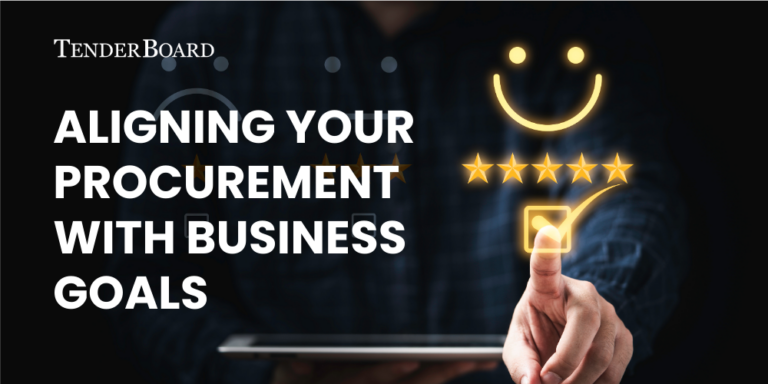6 Best Practices in e-Procurement Adoption
If there’s one thing that the COVID-19 pandemic taught us, it’s that companies need to digitize their operations. Now.
Procurement can be a lengthy, complex process for some companies and adopting an e-procurement system may seem difficult and hard to implement. On the contrary, e-procurement systems can be straightforward to understand, does what your organization needs, yet simple enough for your users to adopt.
So what are the common best practices to follow when your company is looking to roll out an e-procurement system? This article looks at the top 6 best e-procurement practices that any company should follow.
1. Examine your whole P2P process
Implementing a system as complex and far-reaching as an e-procurement system will definitely affect more than just your finance and IT departments. Oftentimes, many other departments or jobs will be affected by this transition as well. Make sure that you look into every department and analyze your Purchase-to-Pay (P2P) process to see how your team will be affected by this.
It is essential that you look into this activity. You’d want to ensure that you try to understand the effects of the transition on the various teams so as to understand how you can minimize the disruption to business operations.
2. Having strong support from your management
When the implementation of a system affects so many people, it is likely that you will face some form of resistance from the management team.
A common e-procurement practice that people tend to forget is to seek the support of the management team.
After all, time spent on transitioning into using a highly complex system translates into high costs for the company. There will be resistance. Before even reaching out to vendors who sell e-procurement solutions, convince your management team why your company needs it.
A good practice is to weigh out the pros and cons and show your management team the big picture. Show them the long-term benefits of transitioning into the using the new e-procurement solution and why it will be worth it.
3. Seek constant feedback from users and your management
Now that your have the support of your management team, don’t forget about those who will actually be managing the tool.
A good practice when implementing e-procurement solutions is to constantly check in on your internal stakeholders. Ask them what their experience of using the software is like. Ask them about whether or not the software is performing up to standard.
4. Choose a user-friendly e-procurement software
Choose a software that is user friendly and easy for your users to understand. TenderBoard’s e-procurement system is trusted by leading industry players across Asia. We have been provided consultancy and support for companies of all scale in simplifying and digitalising their procurement process.
With the right e-procurement software in place, it provides companies with that transparency and insight to ensure compliance within the organisation.
In addition, we provide easy training and onboarding programs for users when necessary.

5. Engage your IT department to manage security and potential integrations with existing systems
When implementing any new system, cybersecurity becomes a huge priority. When you integrate a new system with existing ones, the entire network of enterprise solutions become even more complex.
To fend of potential threats to your system, you need to actively engage your IT team to routinely conduct checks.
6. Ensure supplier cooperation and enablement
By now, you should be able to tell that implementing an e-procurement system is not simply about the tech side of things. A lot of successful implementation has got to with stakeholder management.
Apart from your management team and the users from your company, it is also important to pay attention to external stakeholders.
Suppliers themselves need to be handled properly by your team. You will also need to talk to them to build trust and convince them to adopt the new system your company is implementing. You will also need to enable them by providing them access to your system and teach them how to use it.
Conclusion
We hope that this list provided you with useful tips on the best e-procurement practices.
To learn more about e-procurement, we’ve prepared other useful resources that offers you more helpful tips about the topic.













